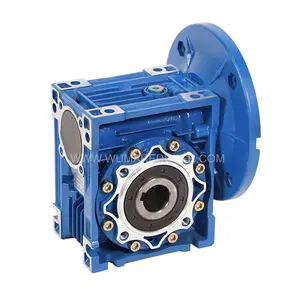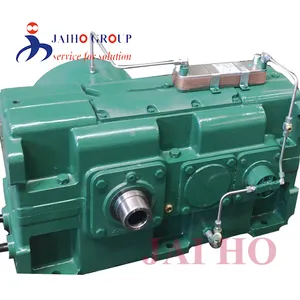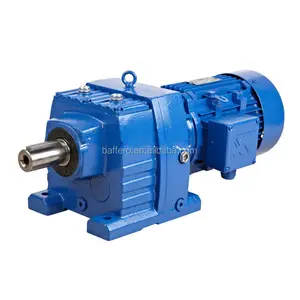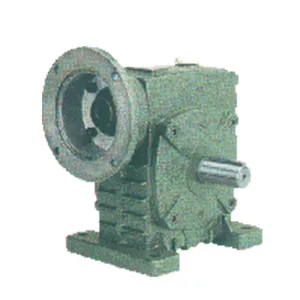Introduction to 2 Speed Reverse Gearboxes
A 2 speed reverse gearbox is a pivotal component in various mechanical systems, offering the versatility of two forward speeds and a reverse functionality. This type of gearbox is engineered to accommodate diverse industrial applications, ensuring efficient operation and adaptability to different power requirements.
Construction and Materials
The construction of a 2 speed gearbox with reverse is designed for durability and longevity. Typically composed of robust materials such as stainless steel or aluminum, these gearboxes are built to resist corrosion and wear. The choice of material contributes to the unit's extended lifespan, while specialized lubricants are applied to enhance performance and efficiency.
Size and Compatibility
Variability in size is a significant feature of the 2 speed reverse gearbox, ensuring compatibility with a broad range of systems. The selection process involves matching the gearbox size to the intended use, taking into account the specific requirements of the application to ensure seamless integration.
Duty Cycles and Performance
Understanding the duty cycle is crucial when selecting a 2 speed reverse gearbox. These gearboxes are designed to accommodate varying operational demands, with some models capable of extended run times suitable for intensive applications. It is essential to consider the duty cycle relative to the application to prevent premature wear.
Output Mechanisms and Customization
The 2 speed reverse gearbox is available in various output mechanisms, including toothed pinion, pulley, or sprocket options. Additionally, customization is possible with different output shaft and hollow bore sizes, as well as keyed or keyless configurations, ensuring that there is a suitable gearbox for every specific requirement.
Choosing the Right Gearbox
Selecting the appropriate 2 speed gearbox with reverse involves considering the application's demands, the desired size, and the suitable output mechanism. With a range of options available, finding the right fit is a matter of matching the specifications of the gearbox to the operational needs of the system it will serve.


































 浙公网安备 33010002000092号
浙公网安备 33010002000092号 浙B2-20120091-4
浙B2-20120091-4